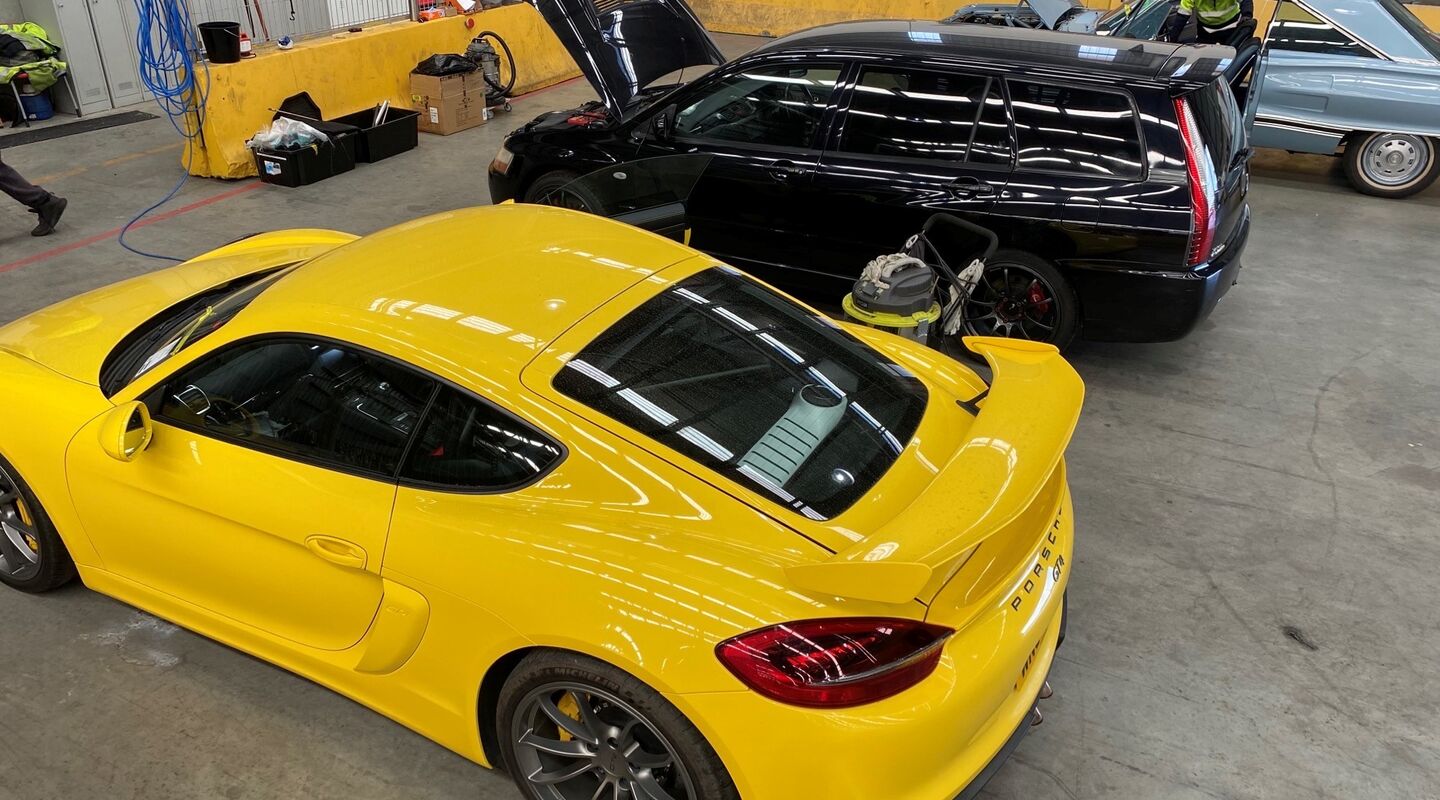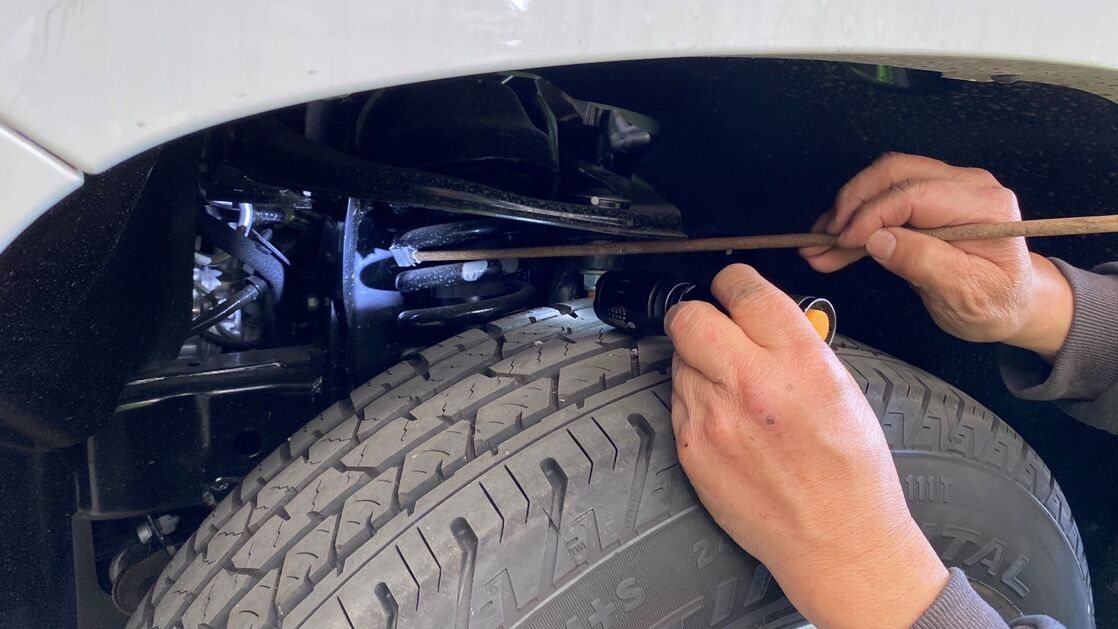Meeting biosecurity regulations in Australia: 4 steps in our inspection process
With strict biosecurity regulations, shipping to Australia is not always smooth sailing. As stinkbug season begins, we look at other biosecurity risks and how our services at our Melbourne terminal help to ensure all product shipments arriving in the country meets government regulations.

Shifts in sourcing for the Australian market, a changing commodity mix and the global pandemic have resulted in an increase in contaminated cargo over the past 18 months at Melbourne International RoRo & Automotive Terminal (MIRRAT).
Working closely with Australia’s Department of Agriculture, Water and the Environment (DAWE), we treat all types of contaminated cargo, from dump trucks, boats and cranes, to Ferris wheels and supercars.
Historically the workloads associated with quarantine treatment have been very seasonal with high volumes during the Northern Hemisphere’s late winter and early spring and remaining relatively consistent for the remainder of the year. This trend made it easy to predict peaks so we could adjust our labour force. With the current volatility, however, the MIRRAT team have established a scalable framework that allows us to expand and retract the labour force at short notice in line with the workload.
Our range of decontamination services for new and used vehicles and equipment, which includes everything from cargo fumigation to disposal of quarantine waste, plays a vital role in helping to protect the local environment and minimise the risk of biosecurity breaches
With support from four DAWE inspection officers on-site, we’ve established a thorough process to ensure all contaminated cargo is identified and properly treated.
Step 1: Inspecting arriving cargo
The DAWE officers working on-site conduct random inspections of cargo being discharged to identify potential contamination. If potential contamination is spotted, the cargo is then booked for a full inspection. This initial inspection is applied to a random cross-section of cargo and is a cursory observation looking for obvious signs of contamination. If contamination is identified the full consignment of cargo will be placed on hold.
Step 2: Booking cargo for full inspection
Once the cargo has been identified for full inspection, it is placed on hold at its first point of rest and the consignee’s customs broker is notified. The customs broker then books an inspection time with DAWE, which MIRRAT can attend on their behalf to oversee the process. A full inspection is a much more in-depth process compared to the initial surveillance and can encompass engine bays, wheel arches, underbody inspection and the internal areas of a vehicle.
Step 3: Treating contaminated cargo
If after full inspection the cargo is confirmed to be contaminated, the customs broker is notified and the cargo is directed for treatment. The MIRRAT team uses a variety of equipment to treat cargo, depending on the type of contamination. Our standard equipment includes two quarantine approved wash bays, two high-pressure hotwash machines, two inspection pits for underbody cleaning and vacuums for internal cleaning, The treatment path varies depending on the type and location of contamination. Cargo with dust, dirt and mud contamination will typically move from the inspection area into our pre-treatment holding zone, which is a storage area dedicated to contaminated cargo. From here it will be moved to our wash bay. Cargo with underbody contamination will be directed to the inspection pits for cleaning. For seed contamination, cargo is often treated and re-inspected at its first point of rest to reduce handling and ensure a more efficient treatment solution.

MIRRAT has developed its own purpose-built equipment for this de-seeding process. These tools consist of a thin timber stick edged with a folded sticky tape to capture seed stuck in hard-to-reach places on vehicles – very simple but very effective! On average the treatment process takes about 30 days from the time the cargo goes on hold until the time it’s released if it moves through our wash bays. For non-wash bay cargo, the treatment time is much quicker, usually taking about 18 days on average.
Step 4: Rebooking final inspection
Once the product has been treated an inspection is booked with DAWE to clear and release it. The team at MIRRAT can say with confidence that we help to keep Australia’s biosecurity protected.
Behind the scenes at MIRRAT Four interesting facts about our quarantine inspections at MIRRAT
- In 2019 we fumigated an entire vessel’s discharge of approximately 800 pieces of cargo within three days.
- Our most complex processing job was on a piece of cargo with a beehive attached to it. DAWE’s analysis of the hive came back positive for Varroa – a tiny parasite of honey bees that can be devastating to the local bee population in Australia. The treatment process for this cargo took almost two months.
- DAWE officers conduct on average 1,500 inspections per month at MIRRAT.
- We’ve detected and removed all sorts of biosecurity risk material, from mud to bugs, logs and sometimes the odd corn cobs.


